1. Purple and Peculiar
This is a purple variety of the enteropneust acorn worm, which may be a transitional species between invertebrates and backboned animals. The creature feeds on seafloor sediment, leaving behind variable wavy traces.

2. Pretty Weird in Pink
The Northern Pink variety of the deep-sea acorn worm leaves behind characteristic spiral traces on the seafloor of the North Atlantic.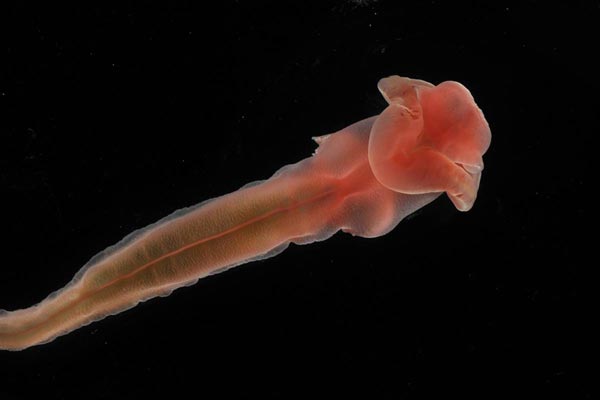
3. Comb Jelly
This comb jelly was found close to the seafloor on the Mid-Atlantic Ridge, a tectonic plate boundary.
4. Star of the Show
This specialized starfish, also known as a basket star or Gorgonocephalus, captures krill in its intricate arms.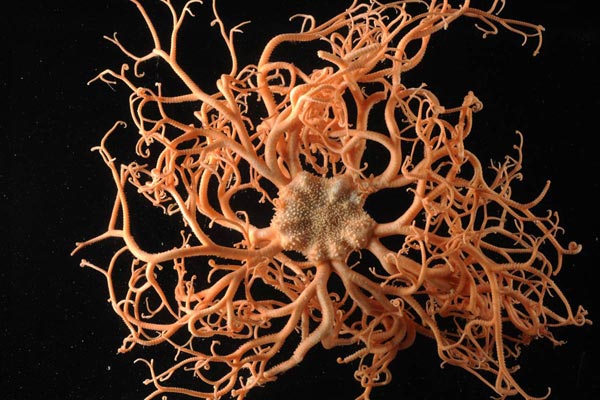
5. Ridge Runner
This sea cucumber (Peniagone porcella) feeds on the seafloor but is capable of swimming. It is found amid the hills and valleys of the Mid-Atlantic Ridge.
6. Deep-Sea Predator
This deep-sea jellyfish (Trachymedusa) feeds on plankton and small crustacea near the seafloor.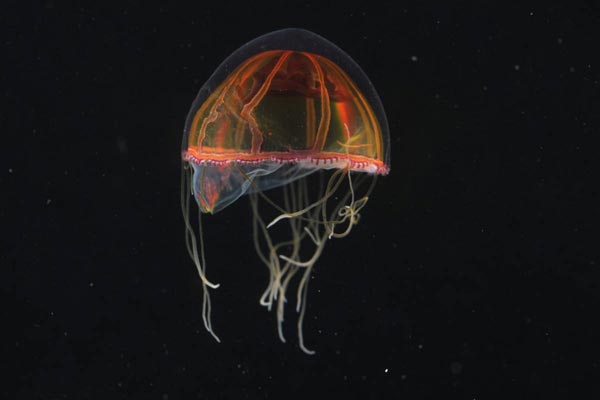
7. Visible Cucumber
The internal organs of this sea cucumber (Peniagone diaphana) are visible within its outer covering. The species was first described in 1882.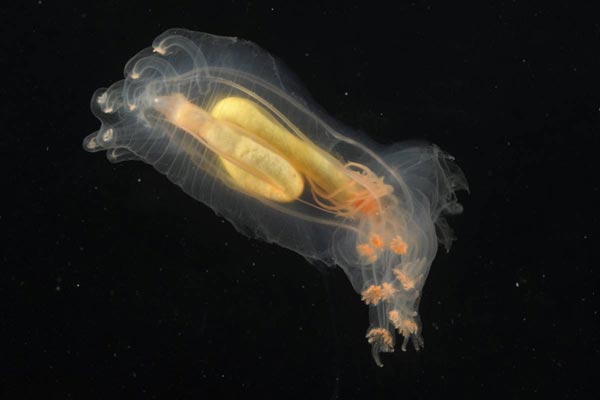
8. White Worm
This enteropneust acorn worm is of the Southern White variety. “They have no eyes, no obvious sense organs or brain, but there is a head end, tail end and the primitive body plan of backboned animals is established,” says Monty Priede, director of the University of Aberdeen’s Oceanlab.
9. Glowworm of the Deep
The scale worm (Polynoid polychaete) is one of the many bioluminescent creatures of the deep sea. Its scales glow in the dark.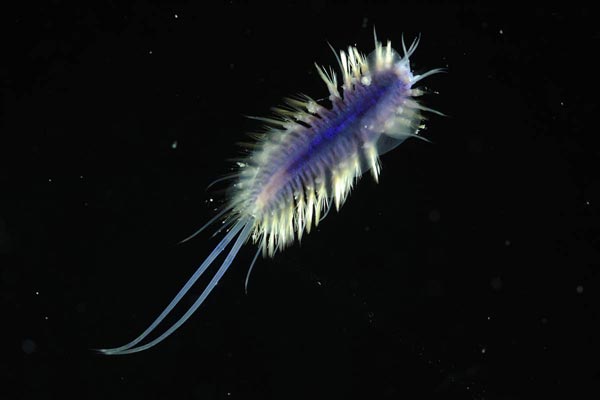
10. Kooky cucumber
Sea cucumbers like this one (Peniagone diaphana) are thought to make up a significant proportion of the animal biomass at the seafloor in some regions of the deep ocean. How they survive is something of a mystery. Researchers had assumed that sea cucumbers were slow crawlers, but in the deep Atlantic they saw that they can be fast-moving swimmers as well. “We are interested in how these animals are feeding in areas of the deep sea where food is often scarce,” says Newcastle University’s Ben Wigham.


0 comments:
Post a Comment